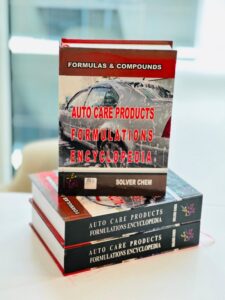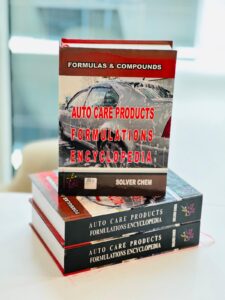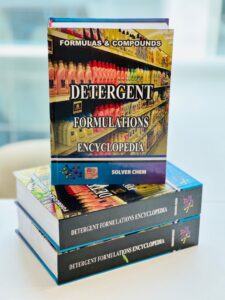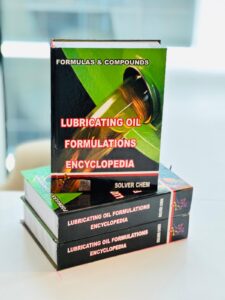
Hybrid Organic Acid Technology (HOAT) Antifreeze is an advanced type of engine coolant that combines the benefits of both traditional Inorganic Acid Technology (IAT) and modern Organic Acid Technology (OAT).
It is considered a “best-of-both-worlds” formulation, offering fast-acting protection alongside an extended service life. HOAT coolants are typically found in yellow, blue, or turquoise colors, though this can vary by manufacturer (some may be orange or pink).
Definition and Chemical Composition
- Definition: HOAT Antifreeze is an ethylene glycol-based coolant that uses a combination of both organic carboxylic acids (OAT) and a small amount of inorganic additives (IAT), most commonly silicates.
- Hybrid Mechanism:
- Inorganic Additives (Silicates/Phosphates): These provide quick, initial protection by immediately coating all metal surfaces (especially aluminum), a feature that pure OAT coolants lack. This is critical for engines that require fast corrosion protection from the moment the coolant is added.
- Organic Acids (Carboxylates): These provide long-term, extended protection by consuming slowly and adhering only to sites where corrosion is actively starting, similar to pure OAT.
This dual action ensures both immediate protection for new coolant and longevity throughout the service life.
Advantages and Applications
| Feature | HOAT (Hybrid Organic Acid Technology) | Pure OAT (Organic Acid Technology) |
| Service Life | Extended Life: Typically 3–5 years or up to 250,000 km. | Longer Life: Up to 5 years or 250,000 km. |
| Corrosion Protection | Broad Spectrum: Fast initial coating from silicates + long-term OAT protection. | Targeted and long-term protection only on corroding sites. |
| Key Additives | Organic Carboxylic Acids + Silicates/Phosphates. | Organic Carboxylic Acids only. |
| Mixing Risk | Less prone to system damage than mixing IAT with OAT, but still must not be mixed with IAT or OAT. | Must not be mixed with IAT or HOAT. |
Applications
HOAT coolants are formulated for engines that require the dual protection of both technologies, making them very common in:
- Many European Vehicles: Such as Volkswagen/Audi (G12+, G13, Si-OAT variants), Mercedes-Benz, BMW, and Volvo.
- Some American Manufacturers: Often specified by Ford (certain models) and Chrysler/Jeep (certain models), particularly those with mixed-metal cooling systems (cast iron blocks with aluminum heads).
- Mixed-Metal Systems: Ideal for cooling systems that contain both ferrous metals (iron/steel) and aluminum components.
Important Note on Color and Mixing:
Antifreeze color is NOT a reliable indicator of its chemical type (HOAT, OAT, IAT). HOAT coolants can come in various colors (yellow, blue, pink). Always check your vehicle’s owner’s manual for the specific coolant specification (e.g., VW TL 774-D/F or G12+/G13) and technology type to ensure you use the correct product. Mixing different types (e.g., HOAT with IAT or OAT) can reduce performance or cause sludging/gelling, which may damage the cooling system




